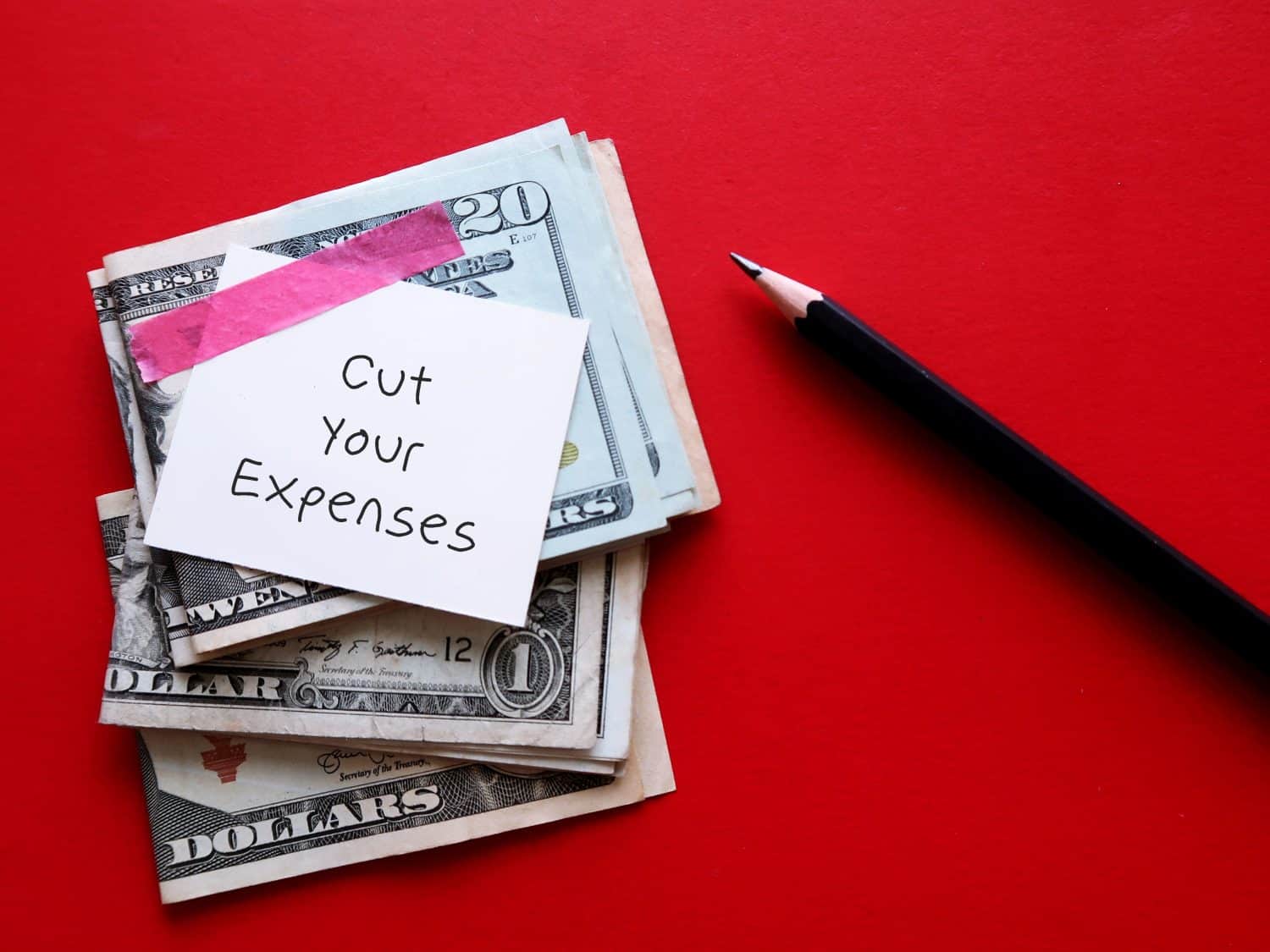Personal Finance
Does the Envelope Budgeting System Actually Work? These Are the Pros and Cons

Published:

Whether or not you follow a monthly budget, you’ve probably considered putting one together. After all, a household budget is supposed to act as our financial GPS, showing us when we’re headed in the right direction and when we’ve veered off the path. One method of budgeting is called the envelope budgeting system.
The envelope budgeting system helps you operate on a cash-only basis.
Earn up to 3.8% on your money today (and get a cash bonus); click here to see how. (Sponsored)
You can customize the envelope budgeting system to fit your needs and preferences.
If the envelope budgeting system is not for you, that’s okay. There are plenty of other options available.
As the name suggests, envelope budgeting involves using envelopes to keep your finances straight. Here’s how it works in seven steps:
List your monthly expenses. Include fixed expenses, like rent, auto payment, and utilities. Also include variable expenses, such as groceries and entertainment.
Next to each expense, jot down which category it belongs in and how much you’re budgeting. You’re free to set it up in a way that works for you, but the following gives you an idea of what should be included.
|
Expense |
Category |
Budget |
|
Rent |
Housing |
$1,200 |
|
Groceries |
Groceries |
$500 |
|
Car payment |
Transportation |
$250 |
|
Gasoline |
Gasoline |
$160 |
|
Auto insurance |
Insurance |
$150 |
|
Electricity, Gas, Water, Trash, Sewer, Recycling |
Utilities |
$250 |
|
Dining out |
Miscellaneous spending |
$200 |
|
Clothing |
Clothing |
$200 |
|
Pet food and vet appointments |
Pet care |
$185 |
|
Entertainment |
Entertainment |
$200 |
|
Gifts |
Miscellaneous spending |
$100 |
|
Debt payoff |
Debt |
$200 |
|
Vacation |
Vacation |
$150 |
|
Hair salon, hair care items, makeup |
Beauty |
$200 |
|
Shampoo, soap, sunscreen, lotion |
Personal care |
$75 |
|
Savings |
Savings |
$200 |
As you can see, there’s nothing special about the list, and any way you set it up can work. The point is to create the number of categories that make it easy to know where you stand financially at any given time.
Create an envelope for each spending category and write the category name on the front.
At the beginning of the month or your pay period, withdraw the cash you’ll need to cover your budget. Fill the envelopes according to how much you’ve allocated for each.
Let’s say you go grocery shopping. Draw money only from the “grocery” envelope. When it’s time to fill your car, you use money from the “gasoline” envelope.
Keep an eye on spending to ensure you’re not overspending in any category. Once you’ve emptied an envelope, you shouldn’t spend more in that category until the next time they’re filled up.
Knowing if you’ve allocated money properly can take a few months. For example, you may overestimate how much you spend on groceries but underestimate how much you need for utilities. It’s okay to tweak the amounts allocated to each category until you have it right.
Because no budget will work for everyone, the envelope budgeting system will be perfect for some and not so great for others. Here’s a quick rundown of some of the pros and cons:
Building a household budget may not be the most exciting task on your to-do list, but it’s essential. A budget shows you where your money goes and helps you decide when and if cuts should be made. A good budget can help you reach your financial goals in less time and with less headache.
If you’ve tried other budgets and they just haven’t worked for you, you may find that the visual cues associated with the envelop budgeting system are a better fit. The worst that could happen is that you’re not wild about it and move on to another budgeting system, meaning you have nothing to lose by trying.
The last few years made people forget how much banks and CD’s can pay. Meanwhile, interest rates have spiked and many can afford to pay you much more, but most are keeping yields low and hoping you won’t notice.
But there is good news. To win qualified customers, some accounts are paying almost 10x the national average! That’s an incredible way to keep your money safe and earn more at the same time. Our top pick for high yield savings accounts includes other benefits as well. You can earn up to 3.80% with a Checking & Savings Account today Sign up and get up to $300 with direct deposit. No account fees. FDIC Insured.
Click here to see how much more you could be earning on your savings today. It takes just a few minutes to open an account to make your money work for you.
Thank you for reading! Have some feedback for us?
Contact the 24/7 Wall St. editorial team.